|
Over the past several weeks I’ve been tasting and exploring wines for yet another wine certification that I am presently studying for. I always enjoy exploring wine regions from around the world via my wine glass and with this wine course I’m sampling lots and lots of wine. For the most part, I prefer bone-dry to slightly off-dry wines. Although I am not partial to sweet wines, I do enjoy a variety of dessert wines from Hungary, Sicily, France and Germany to name just a few countries. And then there is Riesling. Riesling is a white aromatic grape and the most widely planted grape variety in Germany. One of the many great things about German Riesling is the variety of sweetness and styles available to drink. The styles range from bone-dry to very sweet and German wine labels make it very easy to choose a style of Riesling to suit one’s palate. Wines are usually variety labeled and classified by the level of sugar in the grape juice called “must weight”. There are four quality categories: Deutscher Wein, Landwein, Qualitätswein (QbA) and Prädikatswein. Prädikatswein category is divided into levels of ripeness that the grapes have achieved by the time they are harvested. These levels are Kabinett, Spätlese, Auslese, Beerenauslese, Eiswein and Trockenbeerenauslese. As you can see by the chart, Trockenbeerenauslese is the sweetest. As part of the course requirement, I recently opened a bottle of Riesling Spätlese. Spätlese is a late harvest wine. The grapes are picked after the normal harvest and the wines are more concentrated and have more intense flavor than Kabinett. Dr. Hans VonMüller Riesling Spätlese 2016 is 100% Riesling from the Mosel region. The wine is pale lemon with aromas of peach, grapefruit, honeysuckle and lemon zest. The palate offers apricot, peach, lemon, honeysuckle and minerality. For someone that prefers bone-dry wines, I found this to be very drinkable. It is perfectly balanced between the acidity and sweetness. Drink as an aperitif or with light cuisine. Alcohol: 7.5% SRP: $15.99 I will be exploring the other levels of the Prädikatswein categories at a future time.
Until next time… Cheers! Penina To leave a comment or if you have an inquiry, please contact me at [email protected] Winter is just around the corner and we’ve already had a taste of snow, about eight inches worth! During this unexpected snowfall, I took inventory of the many samples that I’ve received of late and decided this would be a great time to open a few bottles from the Rhône Valley. The Rhône Valley is a grape-growing region located in Southern France. The Northern Rhône has seven major appellations consisting mostly of steep hillsides and stone filled soils including limestone, minerals, clay and gravel. The climate is continental and is influenced by the mistral wind with the winters tending to be tough and the summer months warm. The signature grape is Syrah and it is the only red grape permitted here. Viognier, Marsanne and Roussane make up the white varieties. The Southern Rhône produces about 95% of all wine in the Rhône Valley. It has six major appellations that are situated on flatter terrain consisting of stony soil including limestone, clay and sand. The climate is Mediterranean with mild winters and warm, dry summers. Thirteen grape varieties are allowed, both red and white with Grenache as the signature grape here. More than two-thirds of Rhône Valley wines are bottled as Côtes-du-Rhône, with the appellation covering Northern and Southern Rhône. So, with these tidbits of information in mind, let’s talk about Ferraton Père & Fils. If you’ve been following my stories, you probably recognize this name. I’ve written about their wines on several occasions and at the risk of repeating myself, here is a condensed version of a previous story. Ferraton Père & Fils estate is located in Tain l’Hermitage and was founded in 1946 by Jean Orëns Ferraton. His son Michel, inheriting the same passion as his father, introduced the first Hermitage, Crozes-Hermitage and Saint-Joseph wines to the world. Michel Chapoutier, a highly regarded winemaker and close friend of the Ferratons’ introduced organic viticulture to the vineyards in 1998 and he eventually formed a partnership with the Ferratons. By 2000, all of the vineyards were converted to biodynamic farming and are now certified organic. Twenty percent of Ferraton production is estate wines with grapes coming from the domaine’s 37 acres in the Northern Rhône’s Hermitage, Crozes-Hermitage and St. Joseph appellations. The rest is sourced from sustainably farmed fruit in both Northern and Southern Rhône appellations. What began in 1946 as a .3-hectare estate (some of these vines still produce fruit), Ferraton now has an annual production of about 350,000 bottles. Today, oenologist Damien Brisset heads Ferraton and is supported by a young, dynamic team with an average age in the mid-thirties. Côtes-du-Rhône Samorëns Blanc 2017 is a blend of 60% White Grenache and 40% Clairette. The color is lemon with aromas of blossom, pear, melon and citrus. The palate offers honeysuckle, pear, lemon, apple and hints of fennel. This is a refreshing wine with great balance and crispness. Drink as an aperitif or with light cuisine such as seafood, cheese and salads. Alcohol: 14% SRP: $16 Côtes-du-Rhône Villages Plan de Dieu 2017 Plan de Dieu means “God’s Plan” in French and is a Côtes-du-Rhône village that has had its AOC status for red wines since 2005. Vineyards here date back to at least 1362. This wine is a beautiful blend of 65% Grenache, 25% Syrah and 10% Mourvèdre. Lush aromas of black fruit, raspberry, cherry and spice segue onto the palate and become more defined. Blackberry, dark plum, black currant, pepper, vanilla and hints of savory linger on a long finish. Ripe tannins and a silky mouth-feel complete this expressive wine. Pair with grilled meats, game, dense fish and stews. Alcohol: 14% SRP: $18 I have always enjoyed the wines from Ferraton Père & Fils. The price to value ratio is impressive and these are great wines to have on hand for the holidays.
Until next time… Cheers! Penina To leave a comment or if you have an inquiry, please contact me at [email protected] It was a very untraditional Thanksgiving this year. Family and friends gathered at my home for a non-turkey feast. We dined on Spinach Lasagna, Chicken Parmesan, Avocado, Bean & Corn salad, Cornbread Custard and Spinach & Arugula salad. An array of wines was opened including Carmenere, Rosé, Pinot Noir and Chardonnay. And don’t even get me started on the desserts! I think we were all pretty well sated by the end of the day. Although all the wines were good, I particularly enjoyed the 2016 Hahn Pinot Noir from the Monterey County appellation. This is a versatile wine and it paired well with all the styles of food on the table. Hahn Family Wines is located in the Santa Lucia Highlands of California. Nicky Hahn and his wife Gaby made their first purchase of land in 1979 and Nicky released his first vintage of wine in 1980. They continued to make land purchases through 1992. They have four estate vineyards in the Santa Lucia Highlands and two vineyards in the Arroyo Seco AVA of Monterey County. Hahn practices sustainability from the grape growing to the winemaking. Sadly, Nicky passed away in March of 2018 at the age of 81. His legacy lives on through his son, Philip Hahn, Chairman of Hahn Family Wines and his daughter Caroline Hahn. 2016 Hahn Pinot Noir is 100% Pinot Noir. The grapes come from the Arroyo Seco appellation of Monterey County. The cool winds coming from the Monterey Bay allow for gradual ripening and development of rich flavors. The wine is aged for 8 months in 40% new French oak. The color is ruby with intense aromas of red cherry, strawberry, roses, pepper and hints of cedar. The palate offers layers of black cherry, plum, cranberries, vanilla and a hint of kirsch. It is beautifully balanced with smooth tannins and a soft finish. Alcohol: 14.5% SRP: $15 An interesting note about the label…Nicky Hahn’s native language is German. “Hahn” translated from German means rooster, which is why an illustration of the bird is seen on every bottle produced by the winery. Until next time…
Cheers! Penina To leave a comment or if you have an inquiry, please contact me at [email protected] HAPPY THANKSGIVING EVERYONE! Let’s take this day to give thanks and be grateful for what we have and not allow any negativity to invade our space. Enjoy your family and friends or take the opportunity to focus on YOU today! I will return on Sunday with another story.
Until then… Cheers! Penina When one thinks of red varietals from Sicily, Nero d’Avola usually comes to mind. Nero d’Avola is one of the oldest indigenous grapes of Sicily and the most widely planted red variety. Perricone is also a red grape variety that is indigenous to western Sicily. Due to its full body and assertive tannins, Perricone is largely used for blending with lighter Sicilian grapes. However, with careful grape selection, low yields and skilled winemaking techniques, drinking 100% Perricone is a treat. I had the opportunity to taste Perricone for the first time while on a press trip to Sicily in April 2017. It was at the home of Fabio Sireci, owner, winemaker and third generation of Feudo Montoni. Located in western Sicily, Feudo Montoni sits high up on a mountain, surrounded by vineyards and wheat fields in a commune called Cammarata in the Province of Agrigento. My afternoon at Feudo Montoni was quite memorable. In addition to learning its history and touring the winery, we dined on exceptional cuisine and educated our palates with Fabio’s amazing wines. To learn about Feudo Montoni and my visit there, please read my story: http://thewineknitter.com/1/post/2017/05/day-573-sicily-part-three-feudo-montoni.html The Perricone that we tasted that afternoon was a 2015 Perricone del Core. “Core” means “heart” in Sicilian and it is the name of the vineyard where Perricone grows. The vines in the Core vineyard are 40+ years old and were grafted by hand onto wild plants. All the farming and wine is certified organic beginning with the 2013 vintage. The grapes are handpicked and vinified within one hour after the cutting. Maturation in barrels is moderate because Fabio feels that “the wood should never overpower the personality of the wines”. The Perricone aged for 3 months in barrels. Not too long ago I was in a wine store and on display was Feudo Montoni 2015 Perricone del Core! And yes, of course I bought a few bottles! It was exciting to taste the 2015 Perricone again, 18 months later. The color is dark ruby with a purple cast. The aromas are heady with red berries, blackberry and floral. The palate is layered with dark raspberry, blackberry, dark plum, fennel and hints of vanilla and spice. Pepper and cocoa linger on a long finish. This is a full-bodied, expressive wine with soft tannins and a velvety mouth-feel. Allow 20 to 30 minutes for the wine to open prior to serving. Pair with aged cheese, spicy food, grilled or braised meat and stews. Alcohol: 13.5% SRP: $20 There is nothing better than pouring a glass of wine and letting each sip transport you back to its origins. And for a short time last evening, I imagined myself overlooking the vineyards at Feudo Montoni once again. Until next time…
Cheers! Penina To leave a comment or if you have an inquiry, please contact me at [email protected] Yes, it’s damp and chilly and time for some soup and Cabernet! My last post took us to Argentina where I introduced some expressive Cabernet Sauvignons. So now we’re off to California where Cabernet Sauvignon is the most widely planted red grape variety in this state. Let’s zoom in on Sonoma County which stretches from the Pacific Coast to the Mayacamas Mountains in the east and is adjacent to Napa Valley. There are seventeen appellations and approximately 60,000 acres of vineyards in Sonoma with over sixty grape varieties grown here. The climate and geography are diverse and can change from one appellation to the next. Rodney Strong Vineyards is located in Healdsburg, Sonoma County and is named after Rod Strong, an American dancer who over 55 years ago, decided to pursue his lifelong passion, winemaking. In 1989, the Klein family, fourth generation California farmers, purchased the winery. Today, the Klein family produces critically acclaimed Single Vineyard and Reserve wines including impressive Estate releases and best-in-class Sonoma County varietal wines. Rodney Strong practices sustainability in the vineyards and winery. In 2010 they were awarded certification by the California Sustainable Winegrower’s Alliance. They have fourteen estate vineyards in seven appellations throughout Sonoma, each vineyard with its own distinctive climate and geography, characteristics that are expressed in the finished wine. Rodney Strong produces a wide range of styles and varietals. For their complete selection, please visit https://www.rodneystrong.com This story will only be covering the Sonoma County Cabernet Sauvignon. Rodney Strong Cabernet Sauvignon made the perfect pairing for my vegetable and bean soup. In the past, I’ve poured a range of varietals to serve with my soup. However, with this particular batch of soup, I added a secret ingredient to spice things up. And, the wine was a great match! Rodney Strong Sonoma County Cabernet Sauvignon 2014 is 100% Cabernet Sauvignon. The grapes were harvested from three Cabernet vineyards located in Jimtown, Geyserville and all the way north to Cloverdale. The wine was blended and aged for fifteen months in 75% American oak and 15% French oak barrels. The color of the wine is dark ruby with tantalizing aromas of dark cherry, spice, plum, dark berry and hints of floral. The palate is layered with rich dark fruit, dark plum, black cherry, spice and hints of sour cherry, pepper and light oak on a long finish. Tannins are mellow and the wine is beautifully balanced. It will pair well with cheese, stews and hearty entrees and of course, soup! Alcohol: 13.5% SRP: $20 (assuming you can still find this vintage) It’s hard to believe that Thanksgiving is next week! What will you be drinking?
Until next time… Cheers! Penina To leave a comment or if you have an inquiry, please contact me at [email protected] When the doorbell rings and the UPS or FedEx delivery person is standing there with a large box, it usually means wine/spirit samples have arrived. And I must admit that it always feels like Xmas opening up the boxes! So, when a few wine samples of Domaine Bousquet arrived the other day that included a bottle of Reserve Cabernet Sauvignon 2017, I thought it might be fun to open the Reserve along with a bottle of Domaine Bousquet Varietal Series Cabernet Sauvignon 2017 that had been sitting in my wine cellar for several months. Although Argentina is considered “the land of Malbec” there are some mighty fine Cabernet Sauvignons being produced here, particularly from Domaine Bousquet. Domaine Bousquet is located in the Gualtallary Valley in Tupungato, part of Mendoza’s Uco Valley. Sitting at an altitude of 4,000 feet, it is considered one of the highest altitude vineyards in Mendoza and the world! Gualtallary has up to 7 different types of soil, but Domaine Bousquet is the only estate with sand as its primary soil. Sandy soil drains well and retains heat that helps to produce highly aromatic wines with less acidity and low tannins. All of Domaine Bousquet wines are made from 100% organic fruit and always have been since the first vines were planted in 2000. With the benefits of cool climate, sandy soil, controlled water irrigation and healthy organic grapes, it sets the stage for quality wines. Premium Varietal Series Cabernet Sauvignon 2017 The wine is made from 100% organic fruit and is 100% Cabernet Sauvignon with minimal dependence on oak. The color is dark ruby with a tinge of purple. The nose offers fresh berries, dark cherry and spice. The palate is layered with cherry, pomegranate and dark berries with a touch of licorice and spice. Hints of pepper and chocolate linger on the finish. Tannins are smooth. Pair with bold cheeses, grilled meat and hearty soups. Alcohol: 13.5% SRP: $13 Reserve Cabernet Sauvignon 2017 The wine is made from100% organic fruit and is a blend of 85% Cabernet Sauvignon and 15% Malbec. These are estate-grown grapes from plots with low yields. Wines are aged for 10 months in French oak. The color is purple with aromas of floral, cherry, plum and spice. The palate offers lots of juicy dark fruit, plum, strawberry, spice, black cherry and hints of smoke and anise. This is a full-bodied, smooth wine that is quite expressive. Serve with spicy cuisine, aged cheese and hearty entrees. Alcohol: 14.5% SRP: $18 If you would like more detailed information about Domain Bousquet’s history, its owners and their "French-infused" Argentinian wines, please click on the menu at right to read my stories.
Until next time… Cheers! Penina To leave a comment or if you have an inquiry, please contact me at [email protected] With International Tempranillo Day arriving on November 8th, I can’t think of a better way to celebrate than with Bodegas LAN wines. The last time I opened a bottle of Bodegas LAN was this past spring. It was a Crianza 2010, a very juicy and expressive wine. So, I was quite happy when I received samples of LAN Crianza 2014 and LAN Reserva 2011. Tempranillo is a black grape variety indigenous to Spain. It is also Spain’s signature wine grape. The two major regions that grow Tempranillo in Spain are Rioja and Ribera del Duero. To recap from a previous story, Rioja wine region is located in North Central Spain, in a valley along the Ebro River. It is divided into three sub-regions: Rioja Baja, Rioja Alta and Rioja Alavesa. Bodegas LAN was founded in 1972 and is located in the town of Fuenmayor, bordering the Ebro River in the sub-region of Rioja Alta. The name “LAN” is an acronym using the initials of each of the three provinces that form the D.O.Ca in Rioja: Logroño, Alava and Navarra. To quote the winery, “LAN means respect for the history of this land”. The Viña Lanciano vineyard is comprised of 72 hectares in Rioja Alta and is protected from the wind and cold weather by the Sierra Cantabria Mountains which in turn generates a microclimate. The vineyard is divided into 24 plots of Tempranillo, Mazuelo, Graciano and Garnacha vines, with many of the vines averaging sixty years of age. The soil is diverse and made up of mostly limestone, clay and is very stony. Having deep respect for the earth and balance of nature, Bodegas LAN practices sustainable viticulture and refrains from the use of chemical fertilizers. Grapes are hand-harvested and individually selected by hand once they reach the winery to make sure that only the best clusters are chosen. Crianza is a Spanish wine classification indicating the wine is aged for a minimum of one year in oak barrels and a few months in bottle. Reserva classification indicates the wine is aged for a minimum of three years, of which at least one year must be in oak and the rest in bottle. Reserva is made from the best grapes of the harvest and is only made if the growing season was a good one. Bodegas LAN Rioja Crianza 2014 is a blend of 95% Tempranillo and 5% Mazuelo grapes selected from 10 to 20-year-old vines. The wine is aged for 14 months in hybrid barrels of American and French oak that have been incorporated into one barrel. The wine rests in the bottle for an additional nine months before release. The color is dark ruby with aromas of ripe fruit, red cherry, cranberry and hints of vanilla. The palate is layered with dark cherry, pomegranate, spice and toffee. It is well balanced and smooth. Pair with appetizers, grilled meat, poultry and pizza. Alcohol: 13.5% SRP: $12 Bodegas LAN Rioja Reserva 2011 is a blend of 92% Tempranillo and 8% Graciano grapes selected from 20 to 25-year old vines. The wine is aged in hybrid barrels of American oak staves and French oak heads for a minimum of 16 months, followed by 24 months in bottle. The color is dark ruby bordering on garnet. The nose offers red fruit, dark cherry, plum and sweet spice. The palate is juicy with red fruit, cranberry, spice, licorice, dried fruit and smoke. Hints of vanilla and spice linger on a long and silky finish. Serve with spicy cuisine, stews, hearty soups and hard cheese. Alcohol: 13.5% SRP: $15 Join me in the celebration on November 8th and pour yourself a glass of Rioja wine!
Until next time… Cheers! Penina To leave a comment or if you have an inquiry, please contact me at [email protected] Last year my palate fell in love with sparkling wines from Tasmania. I was so impressed with these wines that I immediately sat down and wrote a story about House of Arras and Stefano Lubiana Wines, two well-known estates in Tasmania. You can read my story at http://thewineknitter.com/1/post/2017/12/day-618-tasmanias-sparkling-wines.html As I began writing this story, I was informed that Ed Carr, winemaker for House of Arras was just awarded a Lifetime Achievement Award at the Champagne & Sparkling Wine World Championships of 2018! Carr was the only non-champenois to receive this acknowledgment! In addition to Carr, there were eight other recipients, including such legends as Thierry Gasco of Champagne Pommery, Jean-Paul Gandon of Champagne Lanson, Hervé Deschamps of Maison Perrier-Jouet, Richard Geoffroy of Champagne Dom Perignon, Loïc Dupont of Champagne Taittinger, and François Domi of Champagne Billecart-Salmon. It was a very proud moment for Tasmania to be in such esteemed company on a global stage and it is quite a testament to Tasmanian sparkling wine! Champagne has been a special focus of Tyson Stelzer for the past eight years. In addition to organizing events and tours, Tyson is writing his sixth edition of The Champagne Guide. He is also author and publisher of numerous wine books and a contributor to many wine magazines. So, when I received an invitation from Tyson to attend the Tasmanian Pinot Noir, Chardonnay & Sparkling Showcase in New York this past month, I was very excited. Available to taste were wines ranging from famous estates to the smallest boutiques including wines that are available in the U.S. and those seeking an importer. Although I sampled many interesting and expressive Pinot Noirs and Chardonnays at the showcase, my focus today is on the sparkling wines. To gain a better understanding of these sparkling wines, let’s do a quick review taken from my previous story on Tasmania. Tasmania is an island located 150 miles to the south of Australia’s mainland. Although it is separated by the Bass Strait, Tasmania is a part of Australia. There are seven wine regions throughout Tasmania with Tamar Valley being the oldest and largest wine district here. These wine regions enjoy a maritime climate and are sheltered from rainfall and high winds by dolerite-capped mountains that dominate the Tasmanian landscape. With the absence of extreme temperatures, grapes are allowed to ripen slowly on the vine while maintaining natural acidity which in turn helps to give the wine freshness and balance. The soil on the lower slopes of the vineyards is a combination of ancient sandstone, mudstone, river sediment and igneous rocks of volcanic origin that contributes to very aromatic and heightened flavors in the wines. The most common grapes grown in Tasmania are Pinot Noir, Chardonnay, Sauvignon Blanc, Pinot Gris and Riesling. Pinot Noir and Chardonnay are Tasmania’s lead varieties making up more than two-thirds of the state’s wine crop. There are 1800 hectares under vine, 160 licensed wine producers and 230 individual vineyards. I tasted eight sparkling whites and four sparkling rosés at the event and they were all good. I’ve randomly selected only six wines to share for this story due to space and time. Clover Hill Tasmanian Cuvée NV Clover Hill is located in northeast Tasmania in the Pipers Brook region. The cuvée is an assemblage of three vintages and produced according to traditional methods. The wine is aged for at least two years on lees. This is a delicate wine with fine and persistent bubbles and a creamy texture. The palate offers notes of citrus, stone fruit and toast. Alcohol: 12.5% SRP: $29.99 Nocton Estate Sparkling NV Nocton Vineyard is located in the Coal River Valley region of southern Tasmania. The vines are planted in 200 million-year-old layered soils of Jurassic black crackling clays over limestone. The wine is made according to traditional methods and aged more than 2 years on lees. Fine bubbles, bright acidity and a lovely palate of mandarin, brioche and hints of red fruit ends in a long finish. Alcohol: 12.5% SRP: $40 Delamere Blanc De Blanc 2012 Delamere Vineyards is located in the region of Pipers River in northeast Tasmania. Vines are planted on rich ironstone soils. The wine is made according to traditional methods and aged 5 years on lees. This is a lovely wine with a creamy mousse, balanced acidity and flavors of citrus, floral, red fruit and hints of baked bread adding to its complexity. They are looking for importers & distributors. Alcohol: 12% SRP: $65 (in Australia) Jansz Tasmania Vintage Cuvée 2013 Jansz is located in the region of Pipers River in northeast Tasmania. Hand-harvested from a single vineyard. The wine is made according to traditional methods and aged close to 4 years on lees. The wine presented with fine bubbles and a creamy texture. The palate is layered with lemon zest, white flowers, strawberries and hints of minerality and hazelnuts. Alcohol: 12.5% SRP: $49.99 Clover Hill Tasmanian Cuvée Rosé NV is made according to traditional methods. It is a blend of 53% Chardonnay, 42% Pinot Noir and 5% Meunier. The wine is aged for at least two years on lees. Soft aromas of strawberries and light fruit segue onto the palate with a fine mousse and hints of sweet spice and brioche. Alcohol: 12.5% SRP: 29.99 Apogee Vintage Deluxe Rosé Sparkling 2014 Apogee is located in northern Tasmania in the Pipers River region. They produce only single vineyard wines. This rosé is a blend of 88% Pinot Noir and 12% Chardonnay. The wine spent, on average, 30 months on lees. This was the sweetest of the rosés that I tasted, but it was still dry. In addition to a fine mousse, the palate was rich with floral, strawberry, cherry, hints of salinity and spice. It was fresh and balanced with lively acidity and expressive of the terroir. Alcohol: 12.5% SRP: $98 All the sparkling wines that I tasted at this event were elegant and expressive of the terroir. The quality of these sparkling wines and reasonable price point has the wine world paying attention to Tasmania and Champagne is sitting up and listening. To quote Tyson, “Australia’s isolated, cool, southerly island state of Tasmania is privileged to a marginal and challenging climate well suited to premium wine growing. Across my tastings this year, Tasmania has again confidently reaffirmed its place as Australia’s sparkling capital and a leader in cool climate still wines.” He further said, “The wines of Tasmania have come of age in their recognition and success domestically in recent years, and it’s time for Tasmania to unveil its benchmarks on the world stage.” The next time you’re perusing the bubbly aisle of a wine store, I encourage you to pick up a bottle of Tasmanian sparkling wine. You will be more than pleasantly surprised! Until next time…
Cheers! Penina To leave a comment or if you have an inquiry, please contact me at [email protected] With the crisp fall days upon us, my thoughts are turning to apple picking, harvest festivals, colorful leaves and hot cider. Wait…stop! Correction! Move over hot cider, I’ve just fallen in love with hard cider! Hard cider is an alcoholic drink made from fermented crushed fruit, generally apples. I recently received a few samples of hard cider from Eden Specialty Ciders. Founded in 2006 by Eleanor and Albert Leger, Eden farm is located in West Charleston, Vermont near the Canadian border. Eden was originally an old dairy farm with 30 acres of cow pastures, encompassed by 120 acres of mainly vertical forest and rocks and wild apple trees growing everywhere. The apple trees gave the Legers the inspiration to transform the old farm into what it is today. Eden farm grows over fifty varieties of apples farmed in the biodynamic orchards including their Northeast Kingdom fields and along the roadsides. They also source apples from seven other sustainably managed local orchards in Vermont. Eden produces a wide range of artisanal cider styles such as still, sparkling and ice cider. The variety of apples grown include New England heirloom, local seedling, Old-World and bittersweet cider varieties that originated in France and England. These Heirloom and tannic cider varieties are grown for the sole purpose of producing cider. At harvest time the selection of apple varieties for the ciders varies making each year of production quite unique and a reflection of that particular season. Eden’s cider production is seasonal with apples being pressed once a year right after harvest when the apples are at their peak. The farm has an underground cider making facility that enables natural temperature control ensuring the greatest concentration of flavors, sugars and acids of the apples prior to fermentation. After the apples are pressed, the juice is fermented like wine with the end goal of maximizing the distinctive characteristics of the fruit. In addition to making a variety of ice ciders for sale, ice cider is also an important component in producing Eden’s other wines. Ice cider is used in starting secondary fermentation in the bottle and it is sometimes used in post-fermentation for added sweetness. Imperial 11° Rosé Cider is made from a blend of heirloom apple varieties, red currants and a small addition of ice cider. There is no added sugar, coloring or flavoring. This gently sparkling cider is quite aromatic with sweet apples dominating and a touch of earth in the background. It is an off-dry cider that is perfectly balanced between tart and sweet. It is quite refreshing and will pair well with hearty food and savory dishes, as well as sipping it as an aperitif. Alcohol: 11% SRP: $15 Dry Heritage Cider Brut Nature is a Champagne-method cider made from a blend of 50% Bittersweet apple varieties and 50% Heirloom varieties. After fermentation and blending it is aged for 8 months in French oak. Secondary fermentation is started with ice cider and is then aged a minimum of 7 months in the bottle before being hand-disgorged. This naturally sparkling cider is bone-dry with bright acidity. The aromas are of aged apples, earth and wood. The palate offers tannins that are pucker producing, along with bitter herbs, mustiness and aged apples lingering in the background. This is quite different from the hard ciders I’ve sampled in the past. And, if you need a dose of sweetness in your cider, then this is not for you. Pair with oysters, cheese and light appetizers. Alcohol: 8% SRP: $15 Heritage Cider in a can is made with aromatic and tannic apple varieties. Kingston Black, McIntosh, Empire, Bulmer’s Norman and Gravenstein apples are used. Ice cider is added after fermentation and the cider then rests in stainless steel tanks for five months prior to canning. No sugar is added. The cider is quite aromatic with notes of citrus and soft apples. The palate offers hints of minerality, floral and green apple. The cider is light bodied and it is nicely balanced with just enough sweetness to round out the mild tartness. I love the convenience of the can for single serves and it’s easy to pack in a picnic basket! Alcohol: 6.2% SRP: $16/4-pack Eleanor’s passion for making hard cider shines through in the finished product. She is quoted as saying “I’m not religious about anything except deliciousness and being true to our apples, our growers, our people and our community.” To learn more about Eden Specialty Ciders and the team behind these delicious wines, visit www.edenciders.com
Until next time… Cheers! Penina To leave a comment or if you have an inquiry, please contact me at [email protected] |
Categories
All
|

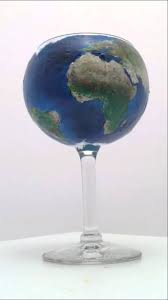
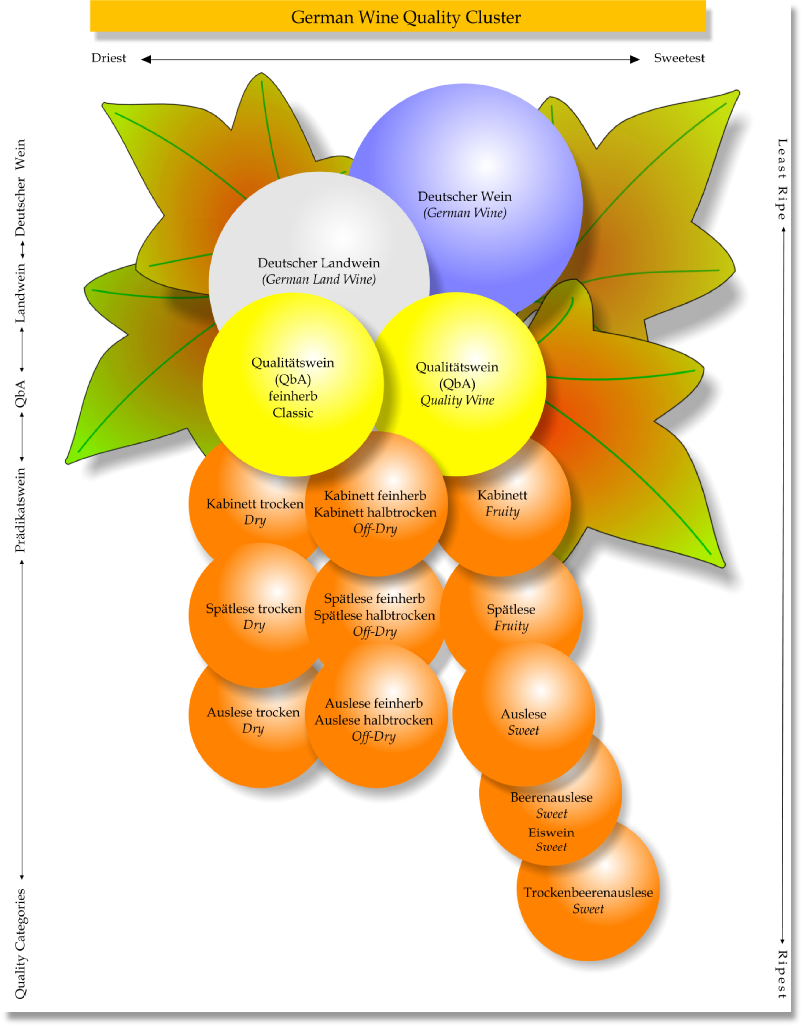
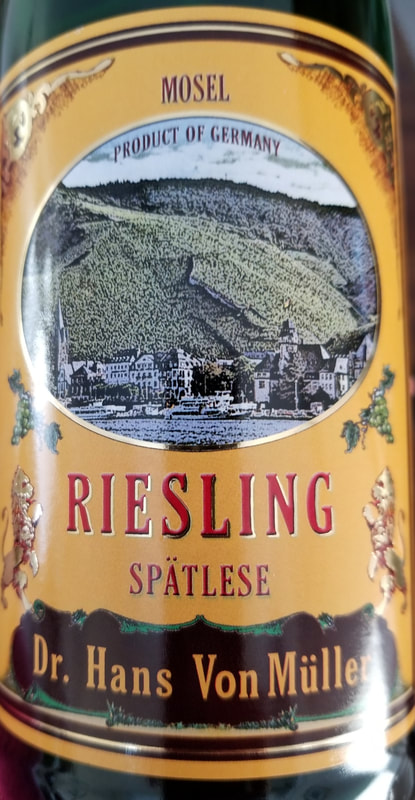
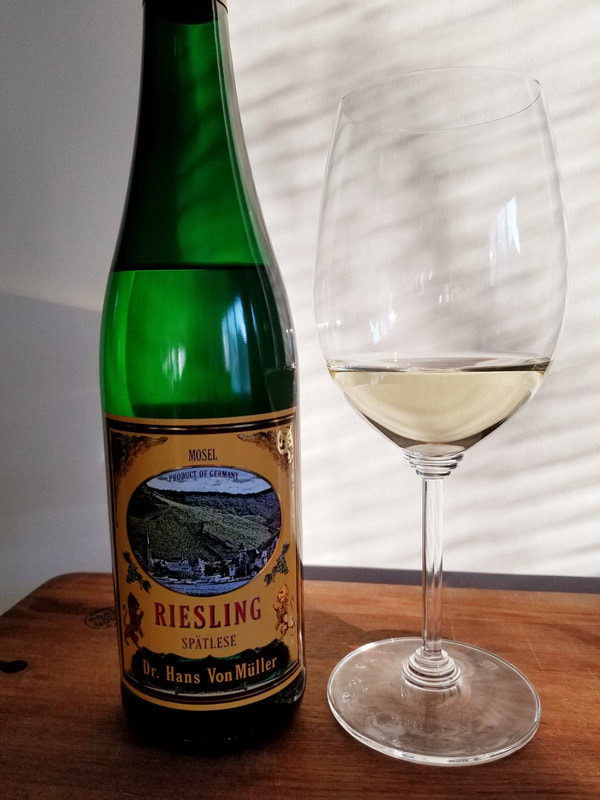
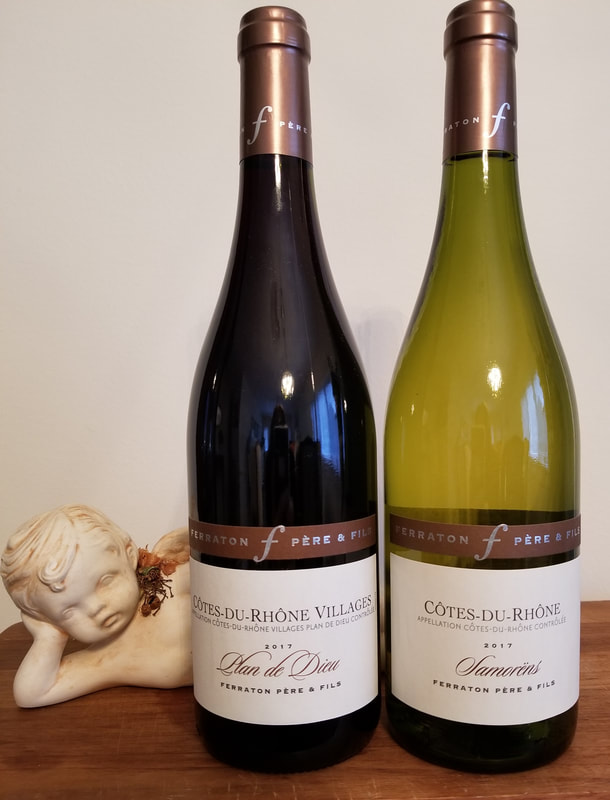

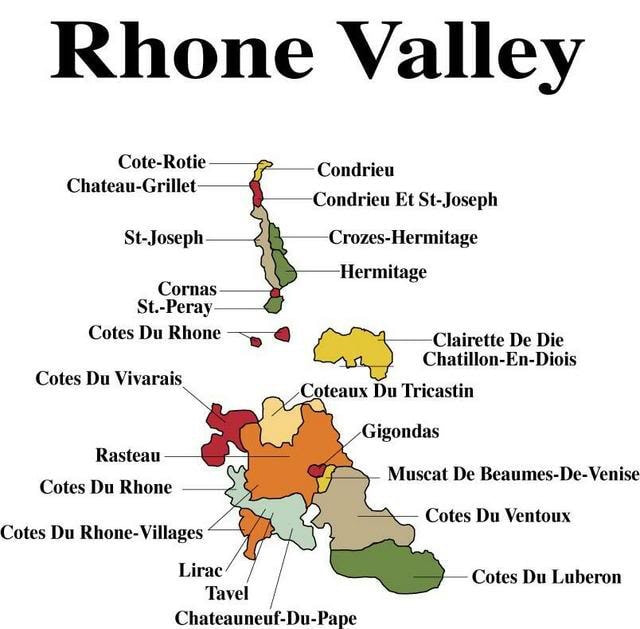
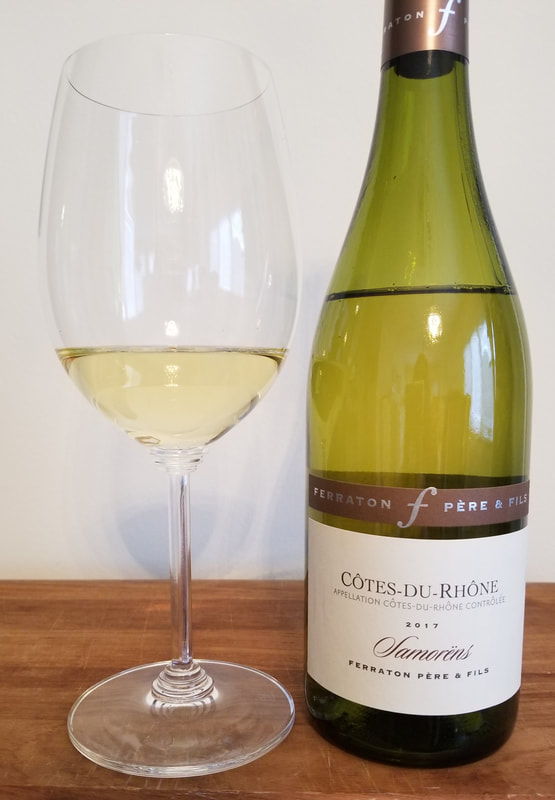
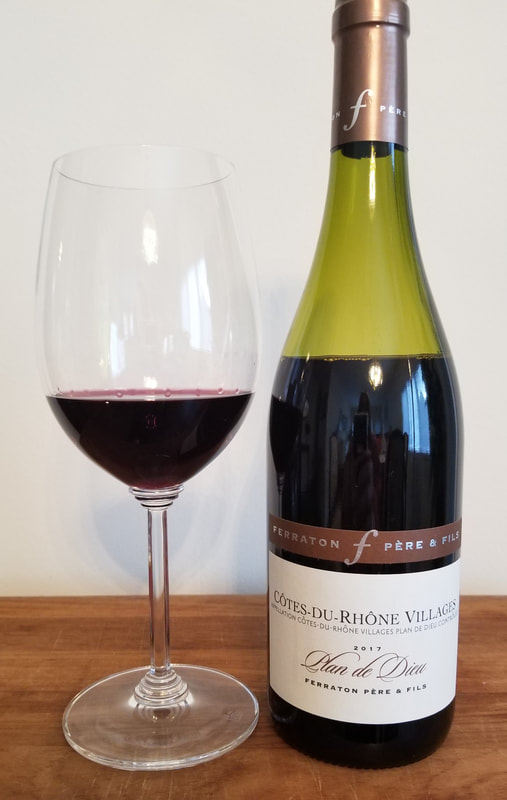
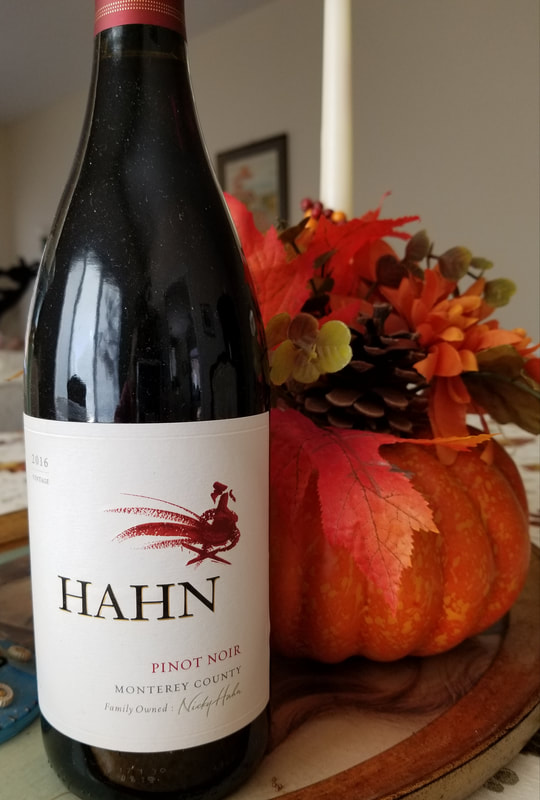
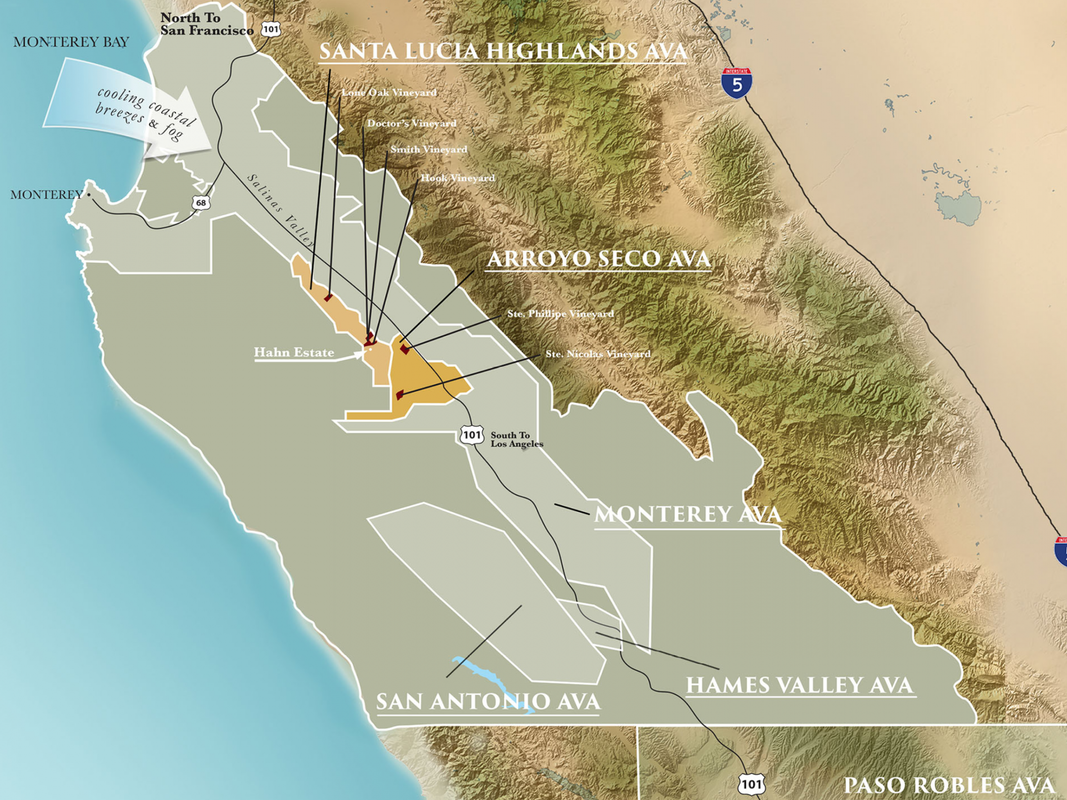
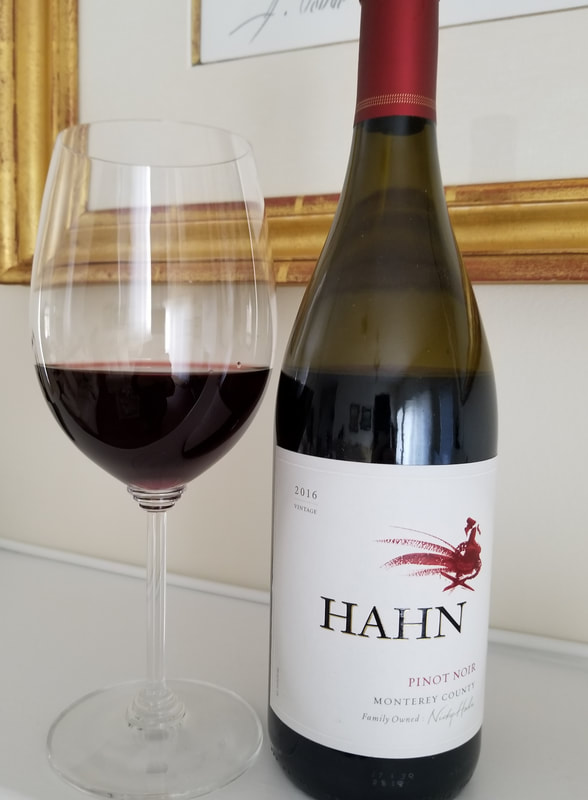
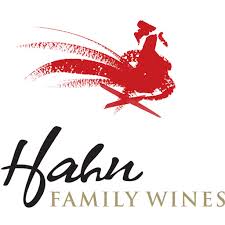



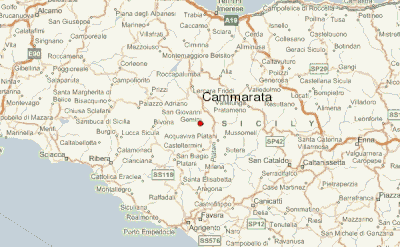
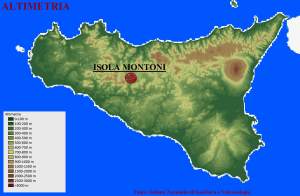
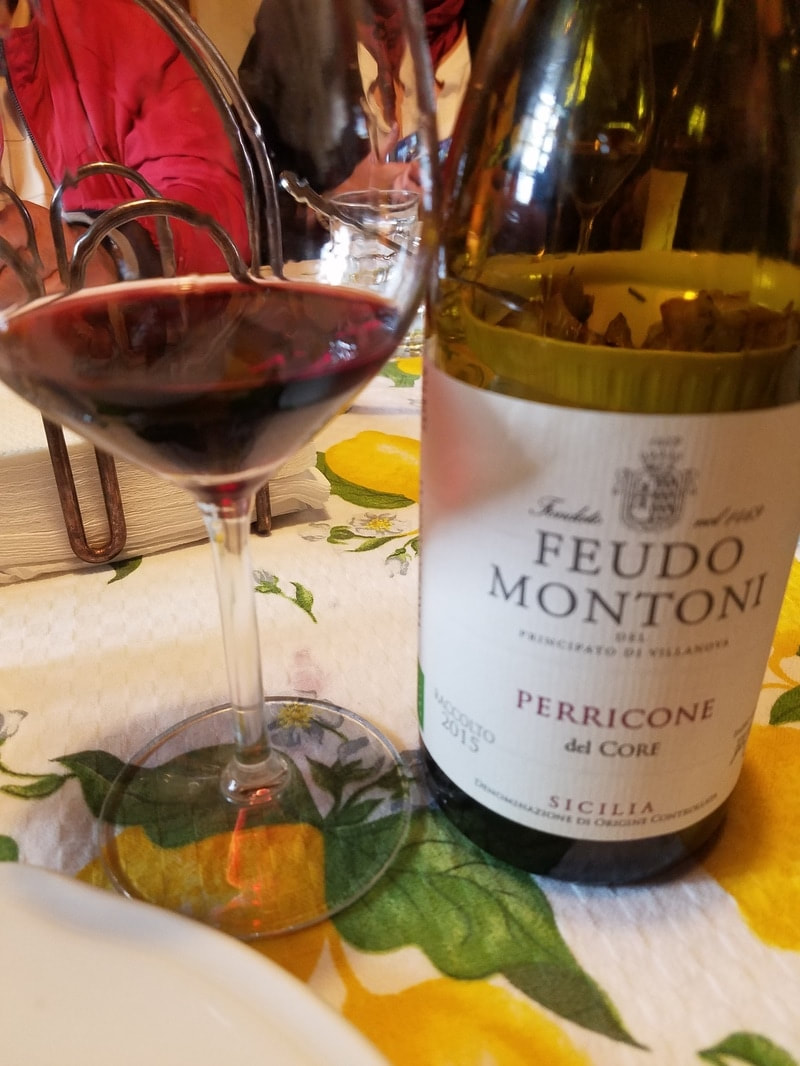
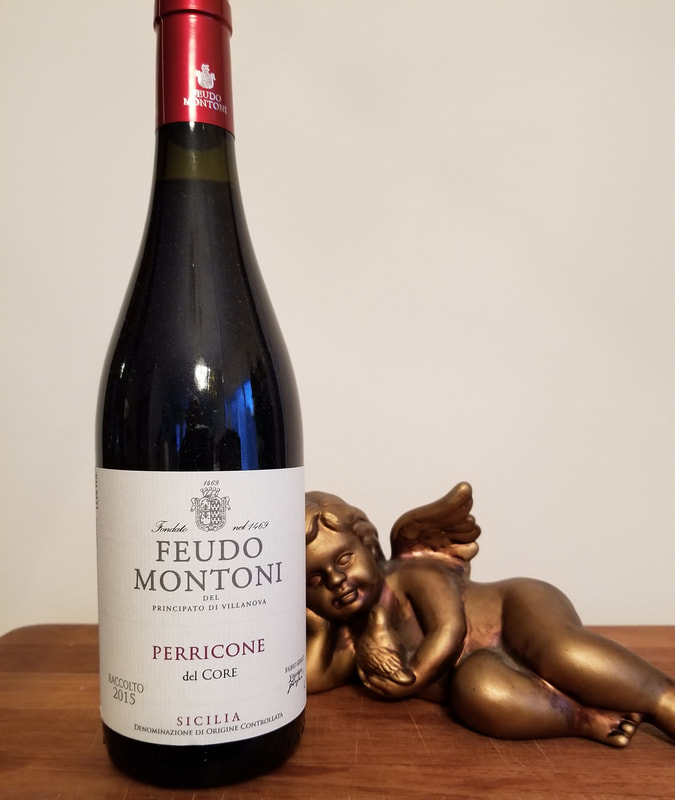
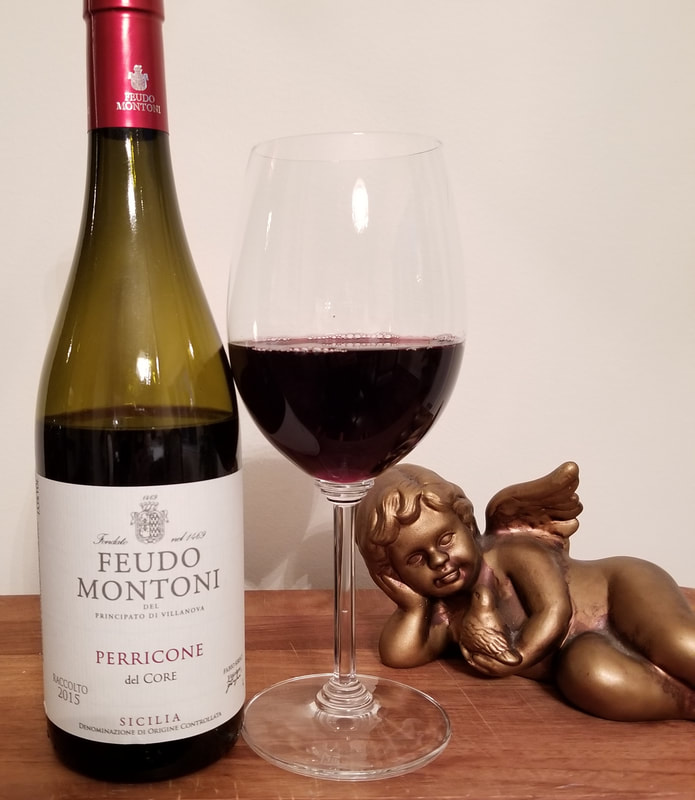
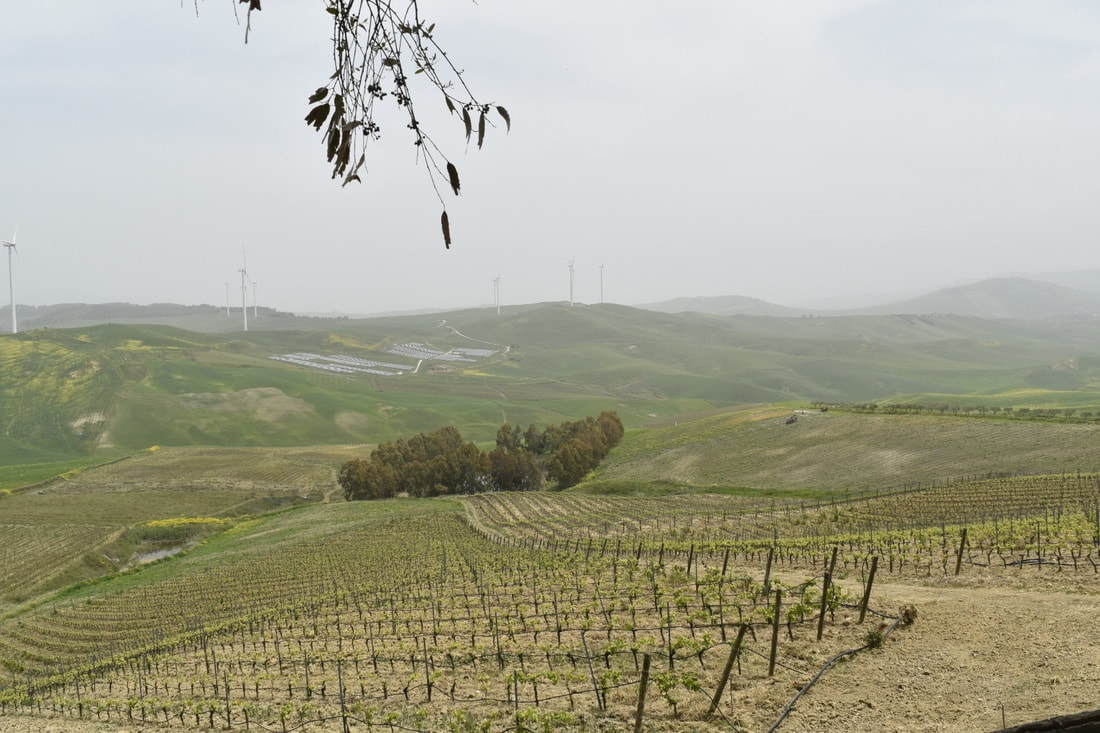
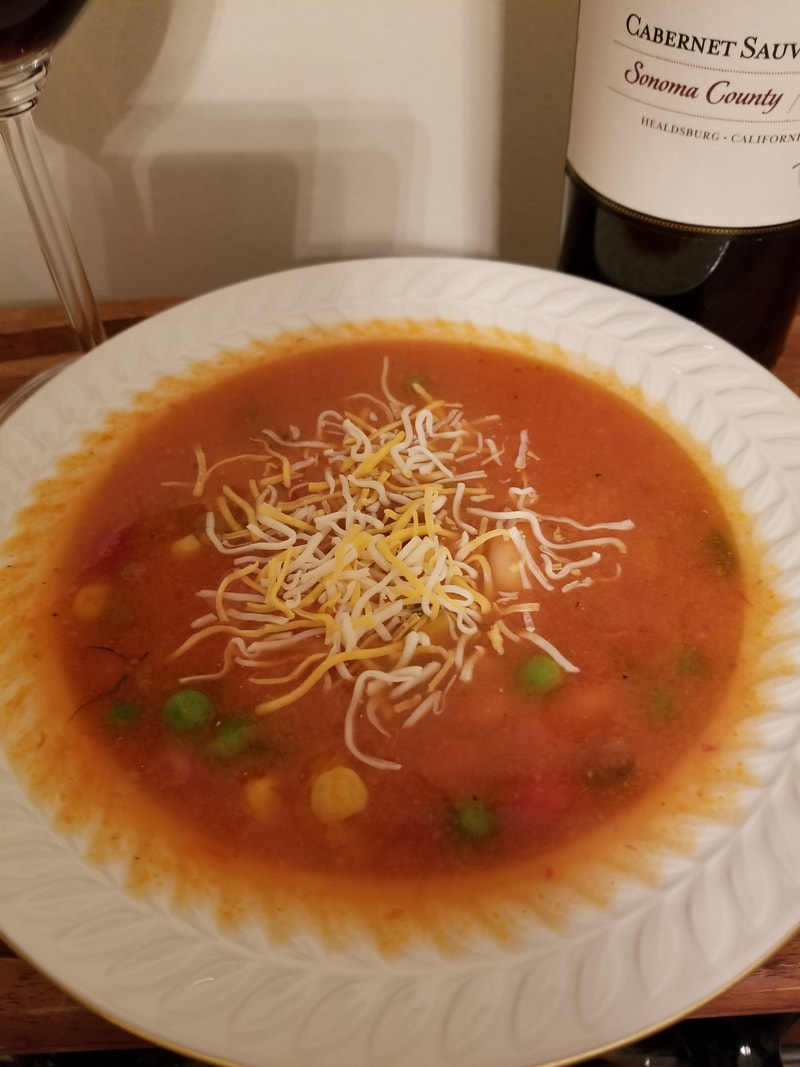
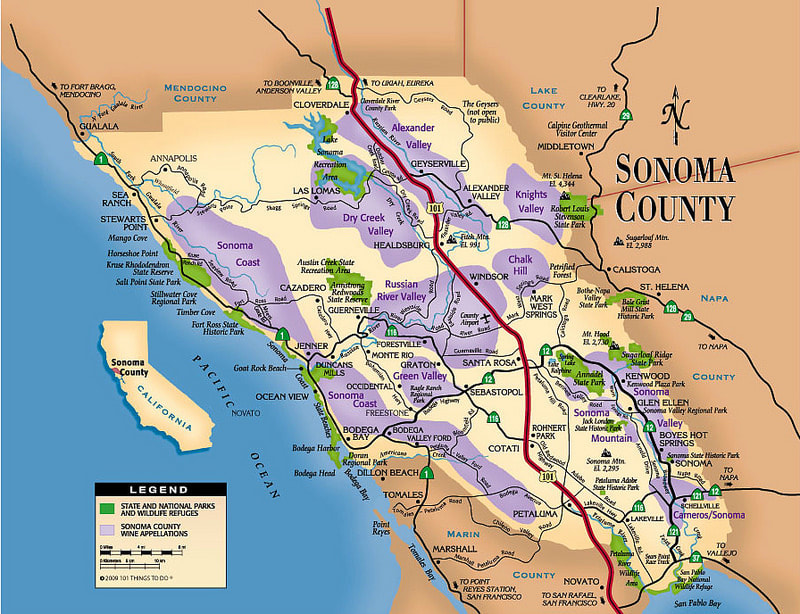
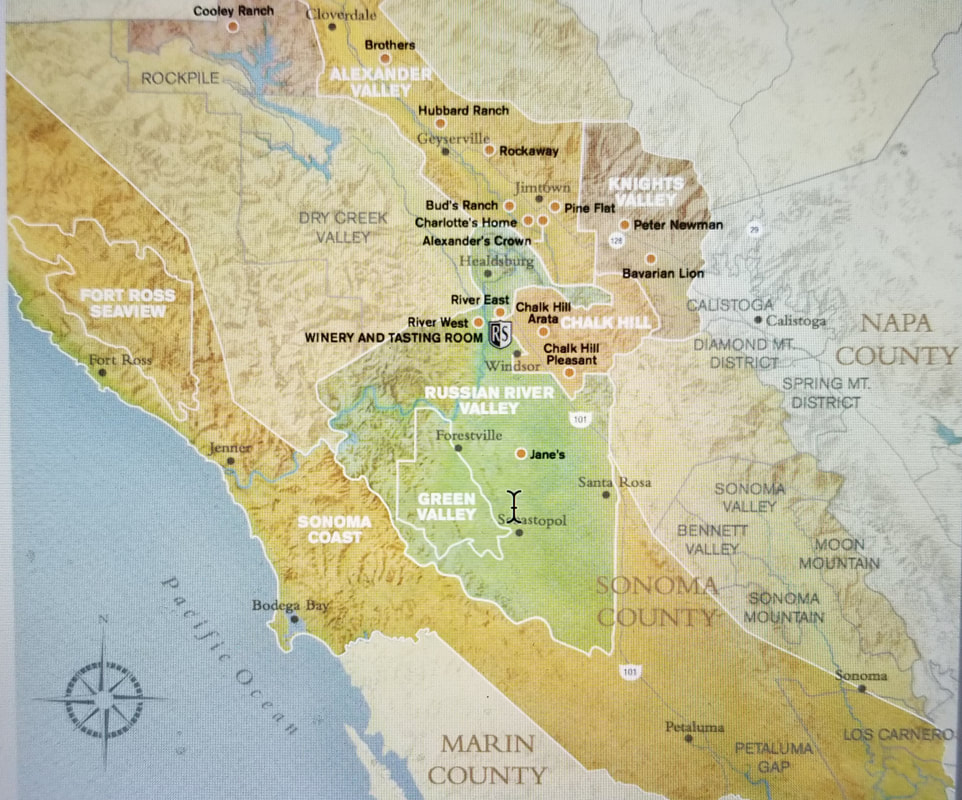

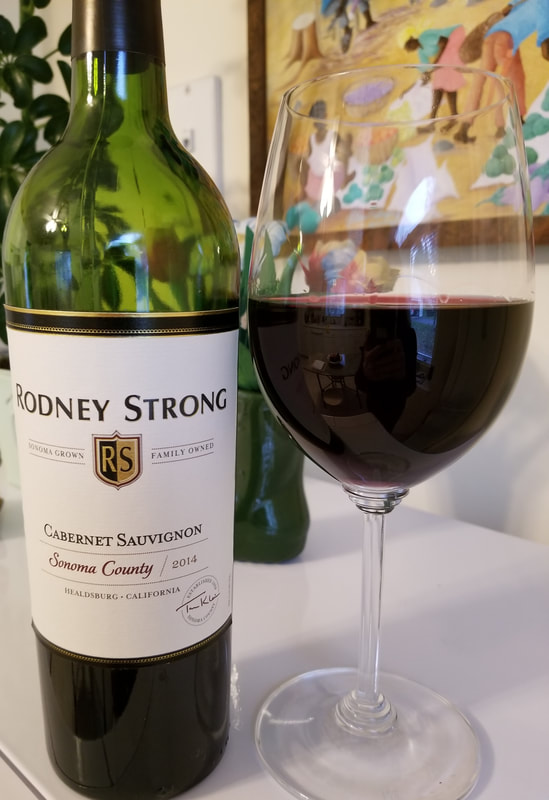


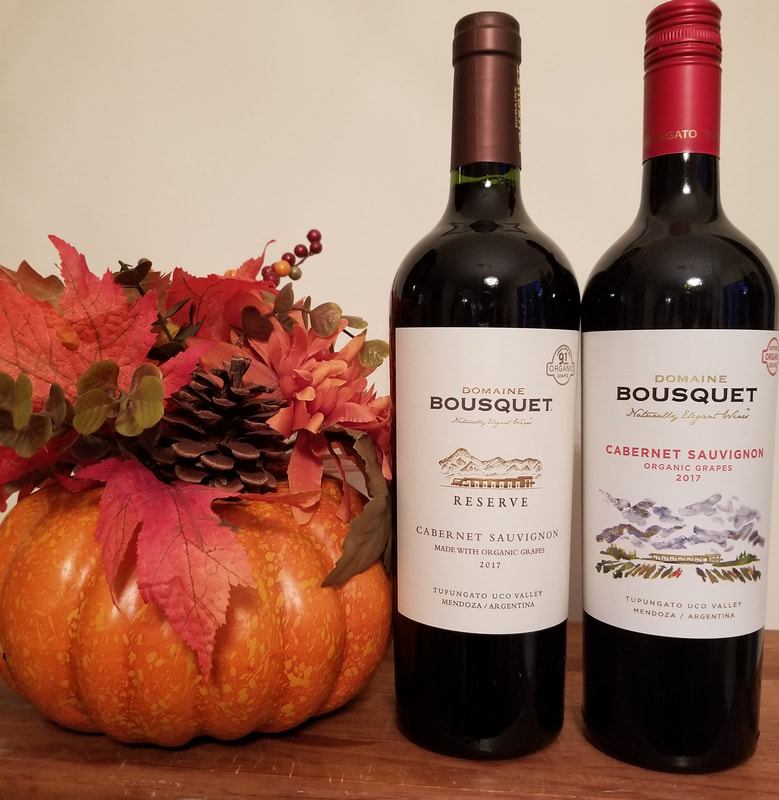
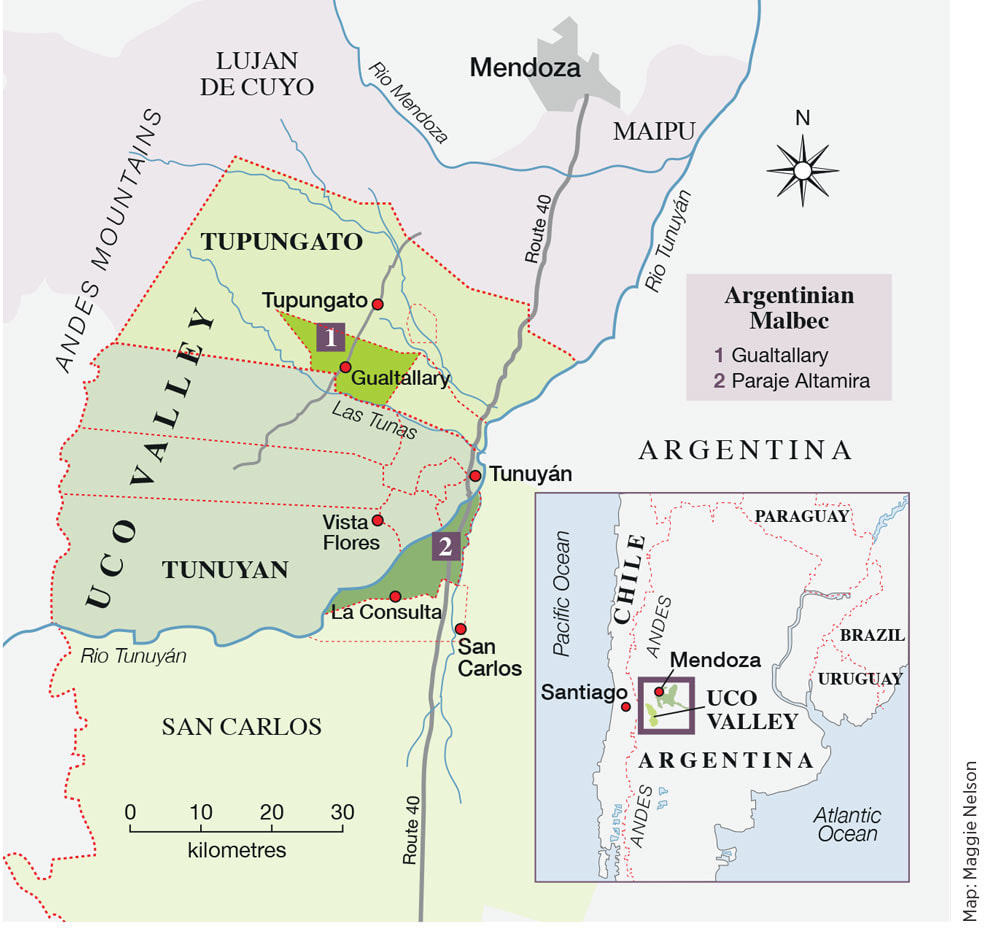
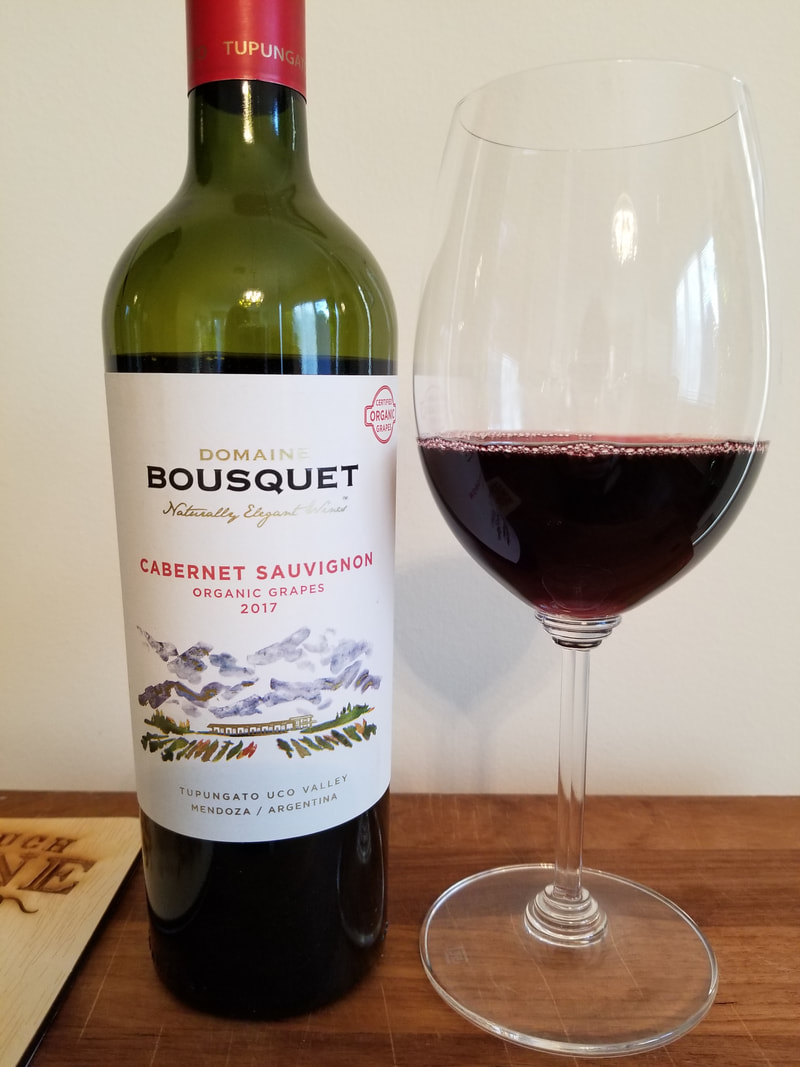
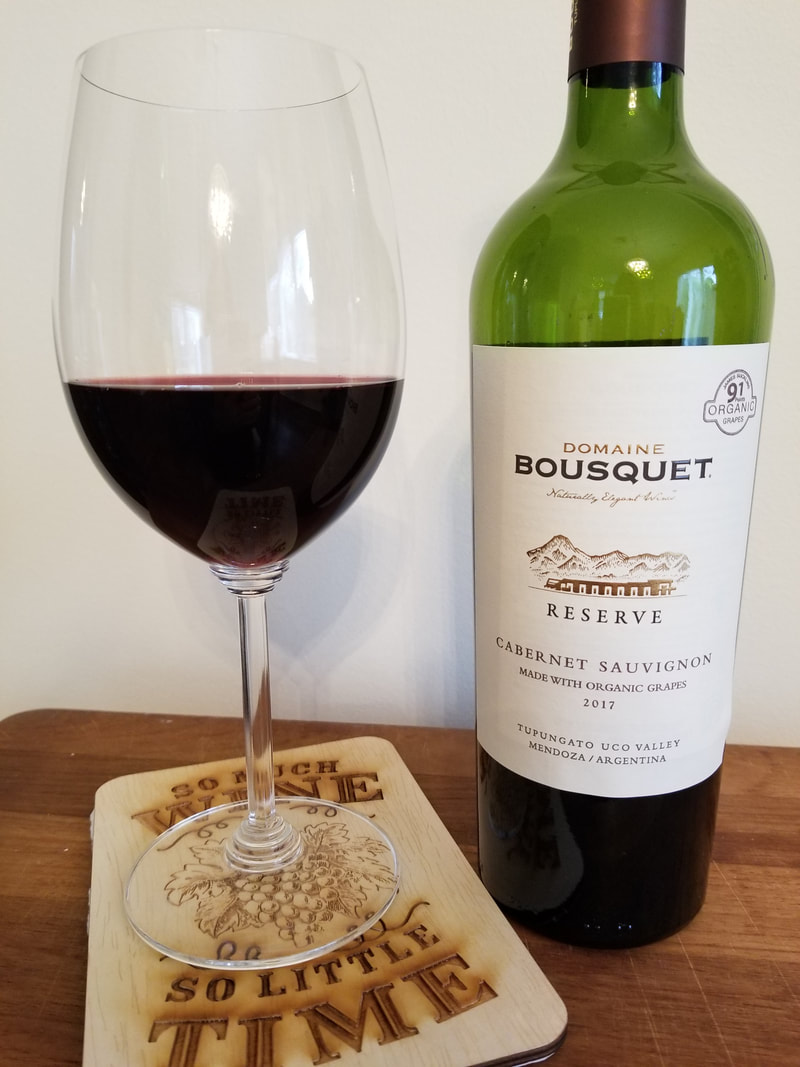
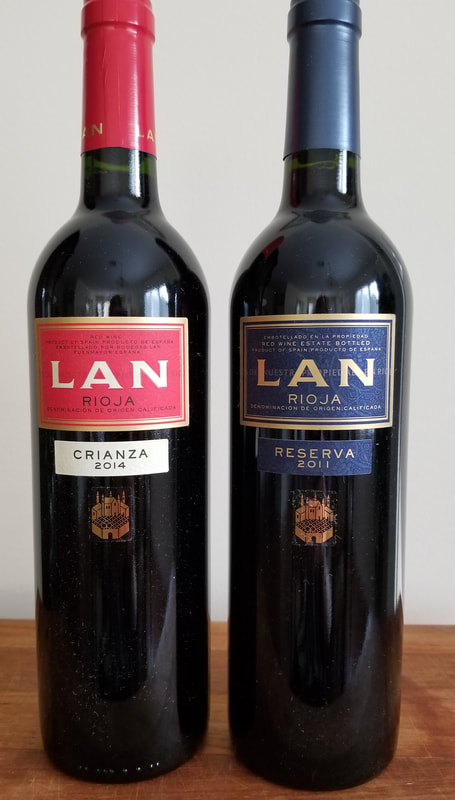
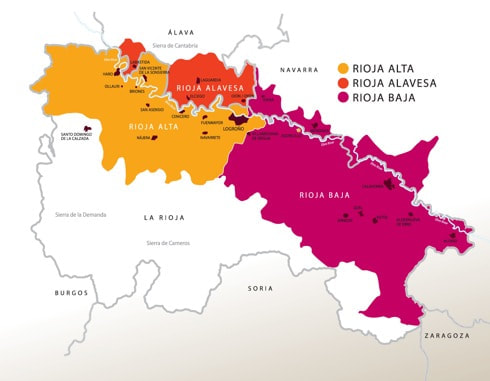
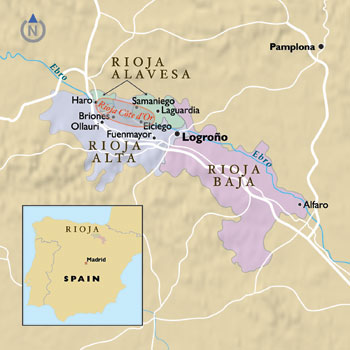
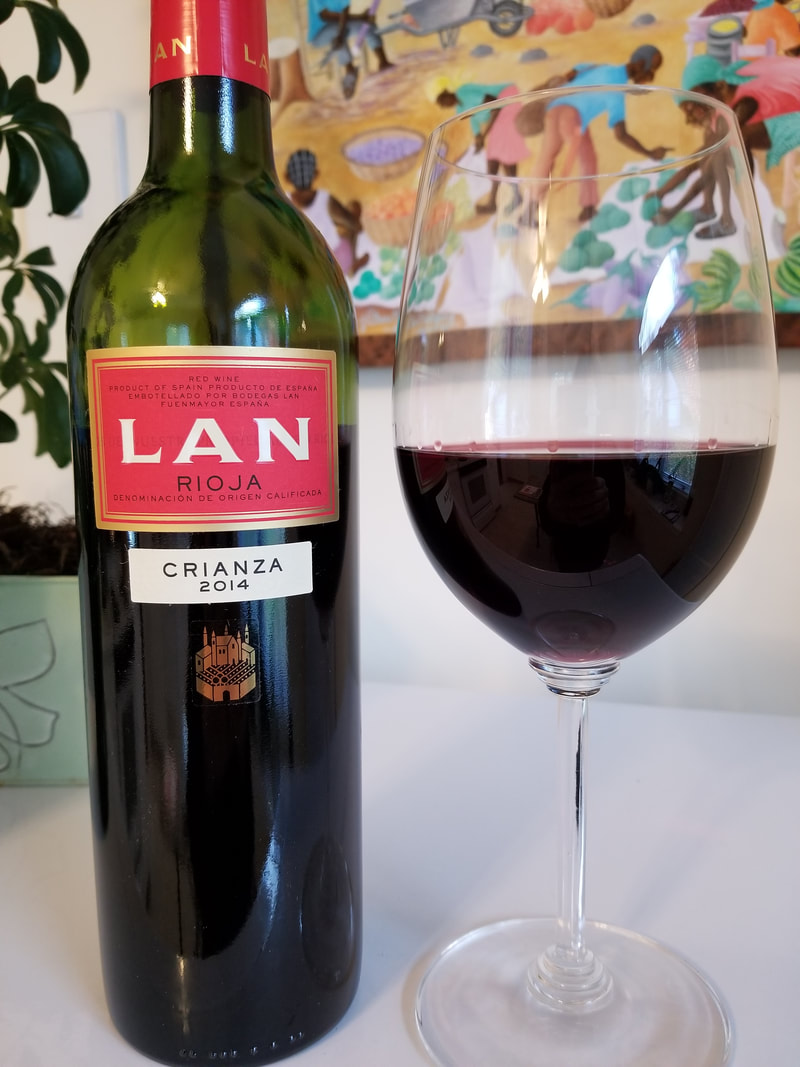
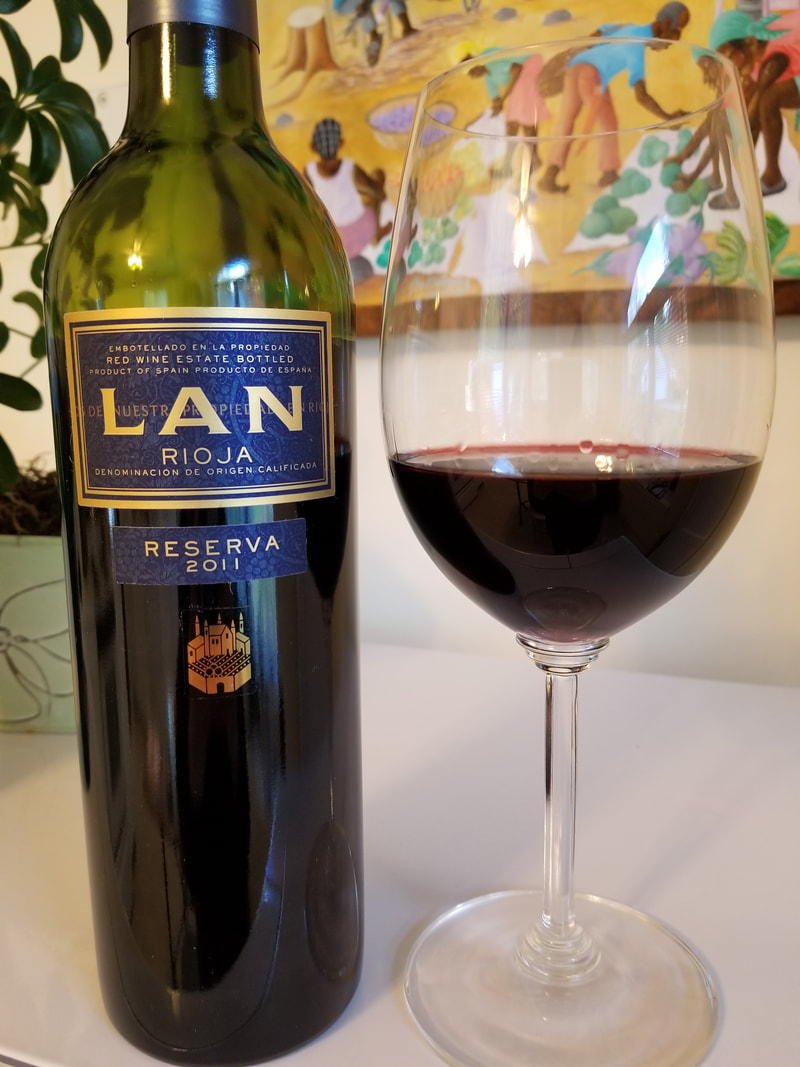
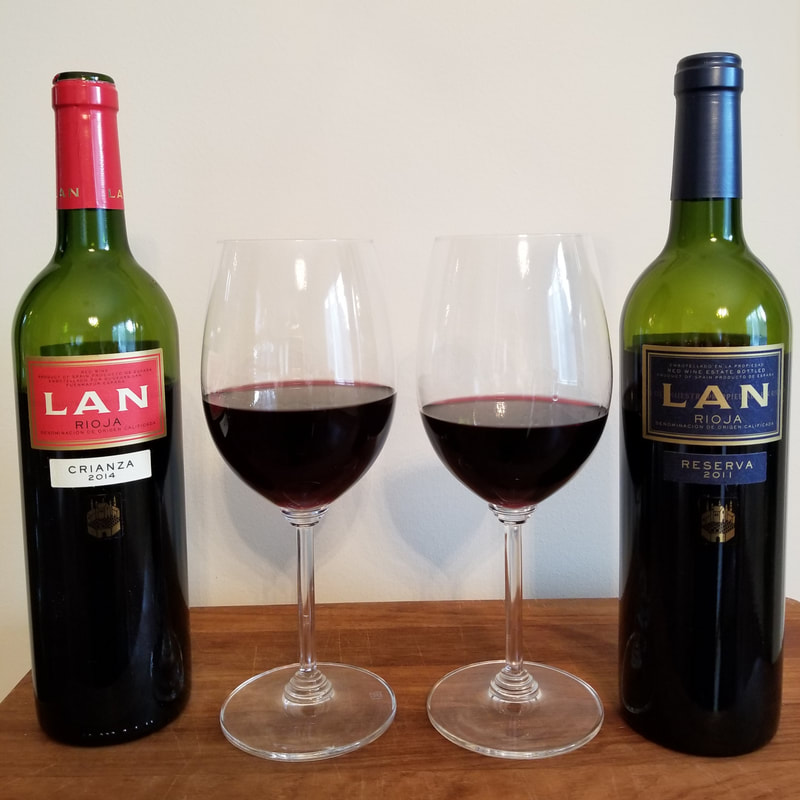
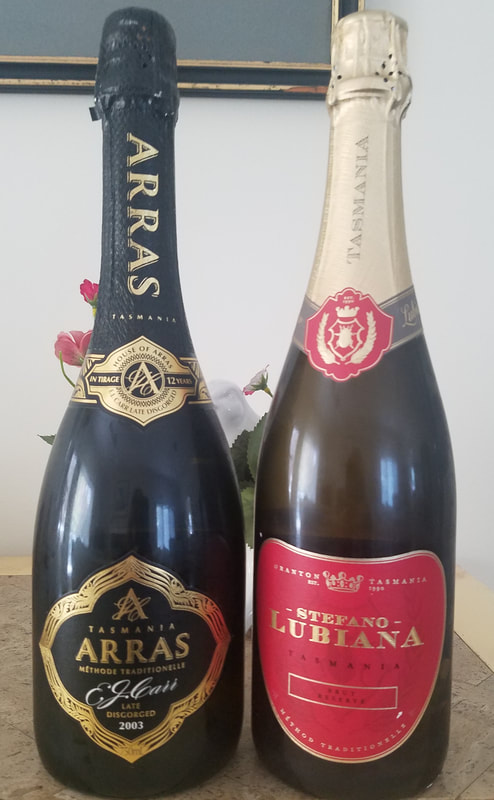
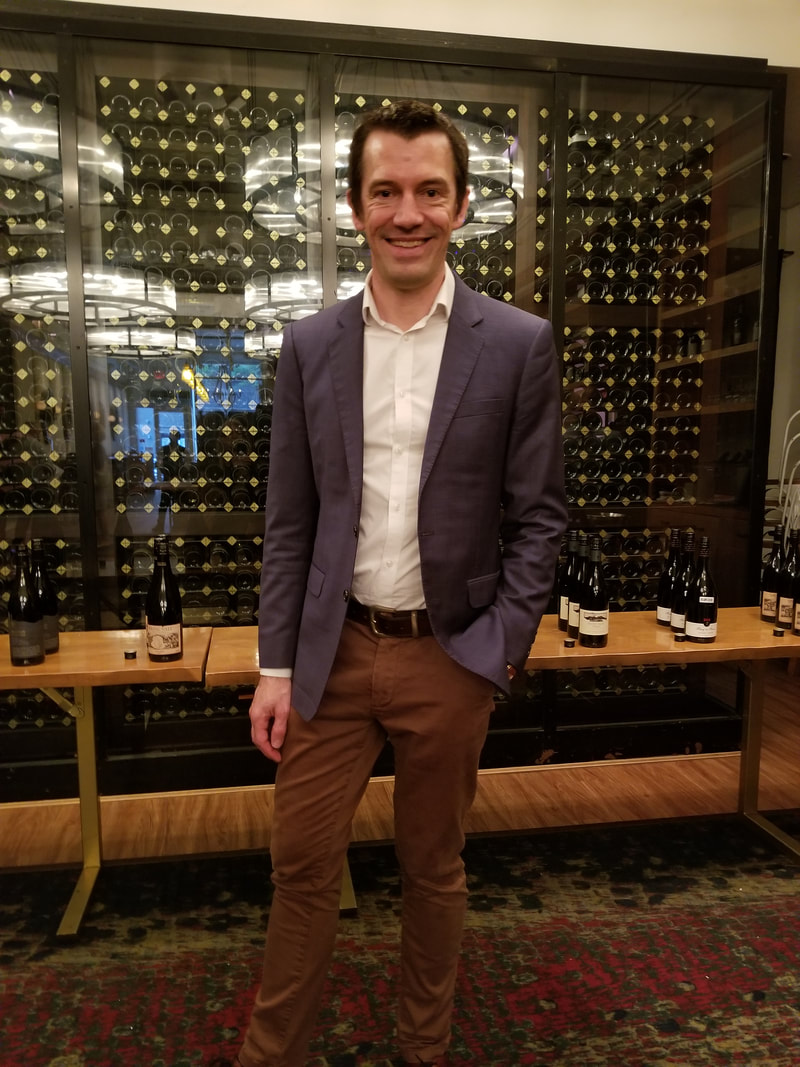
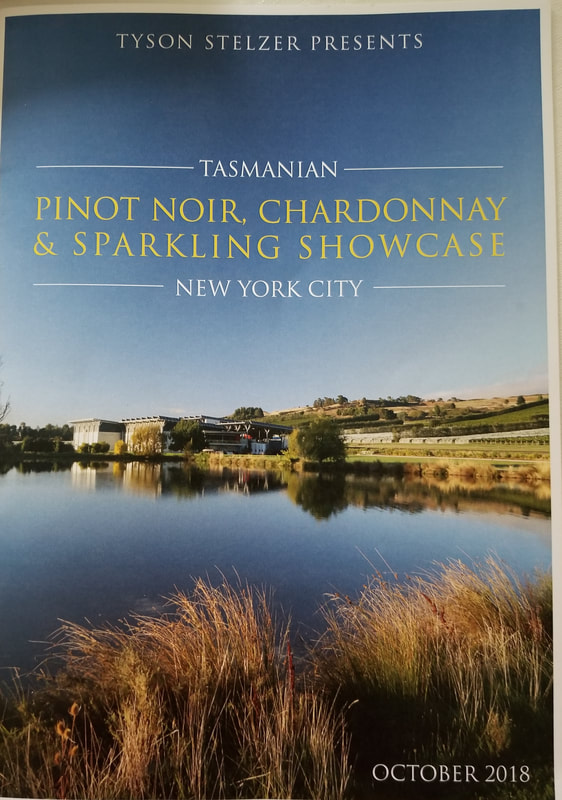
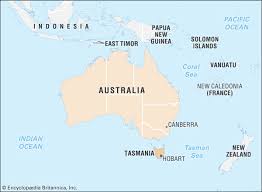
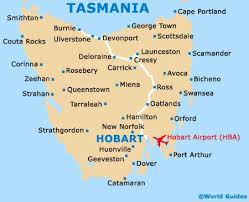
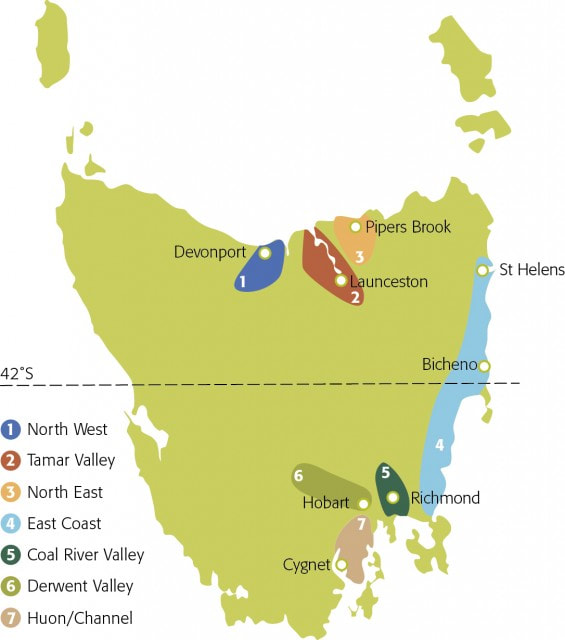
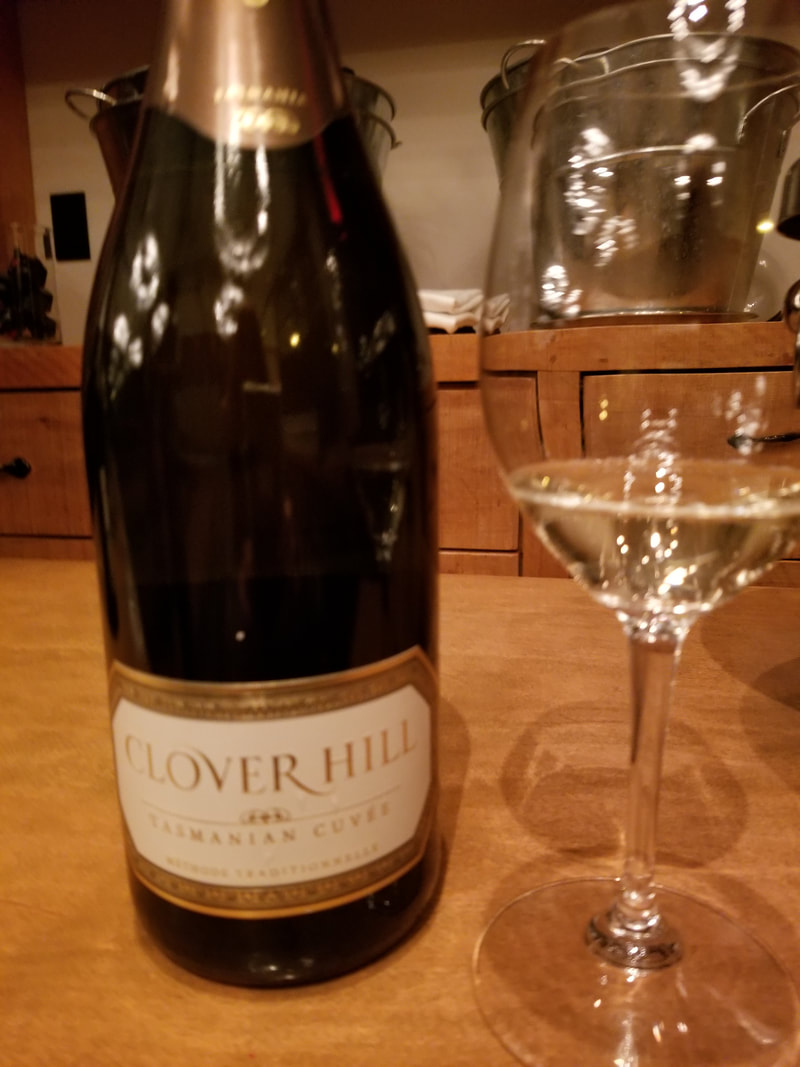
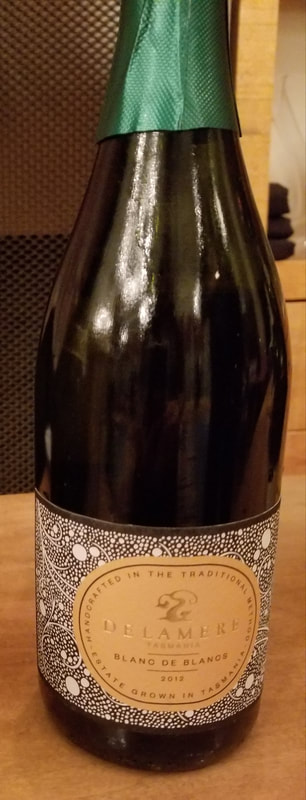
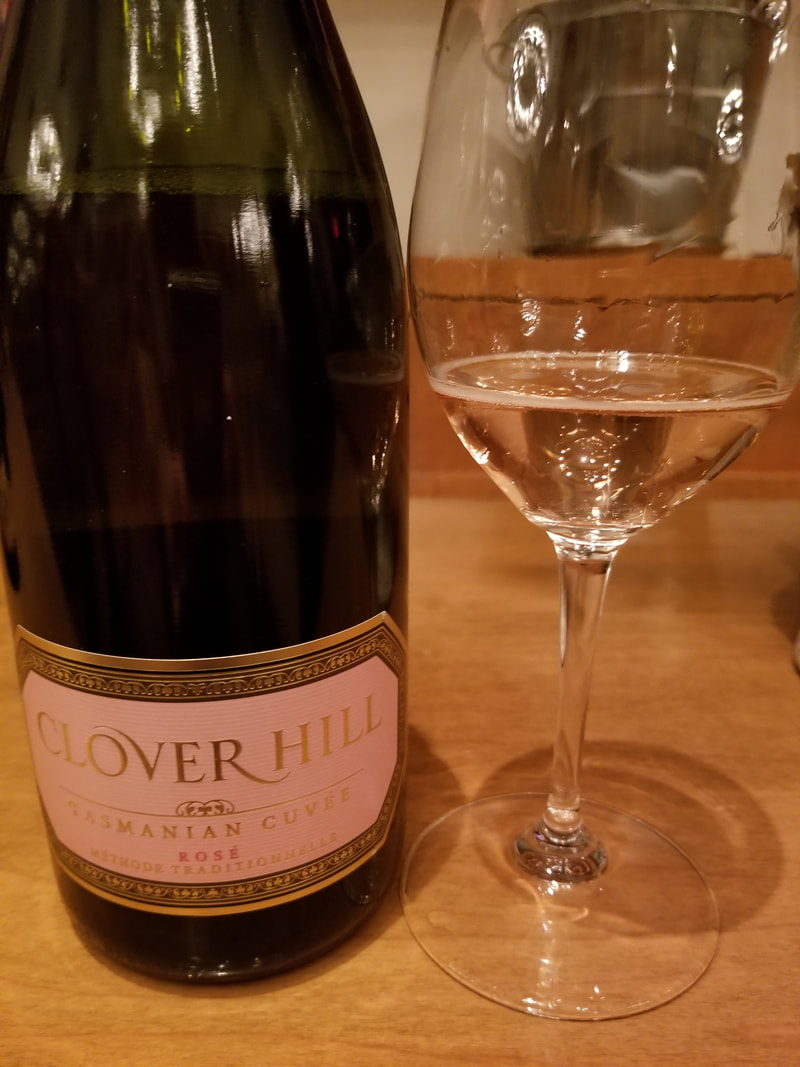
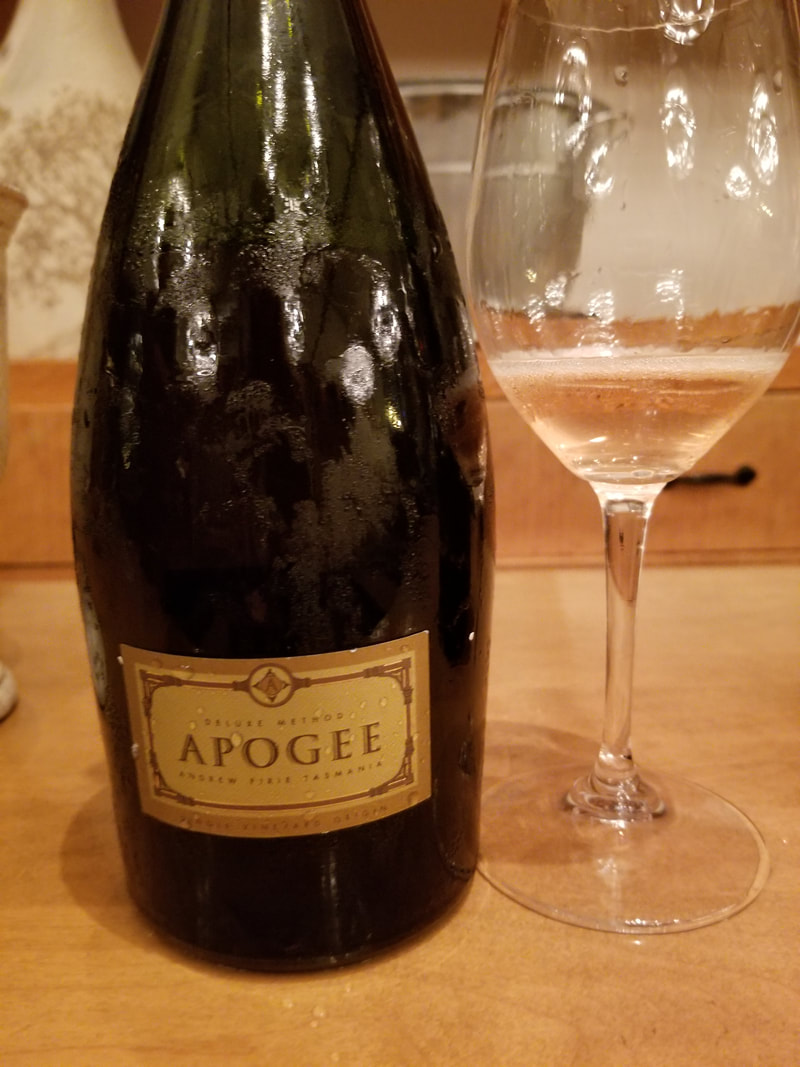
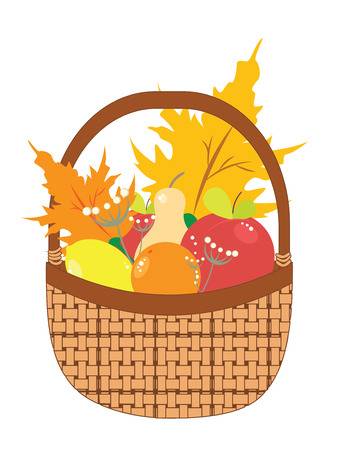
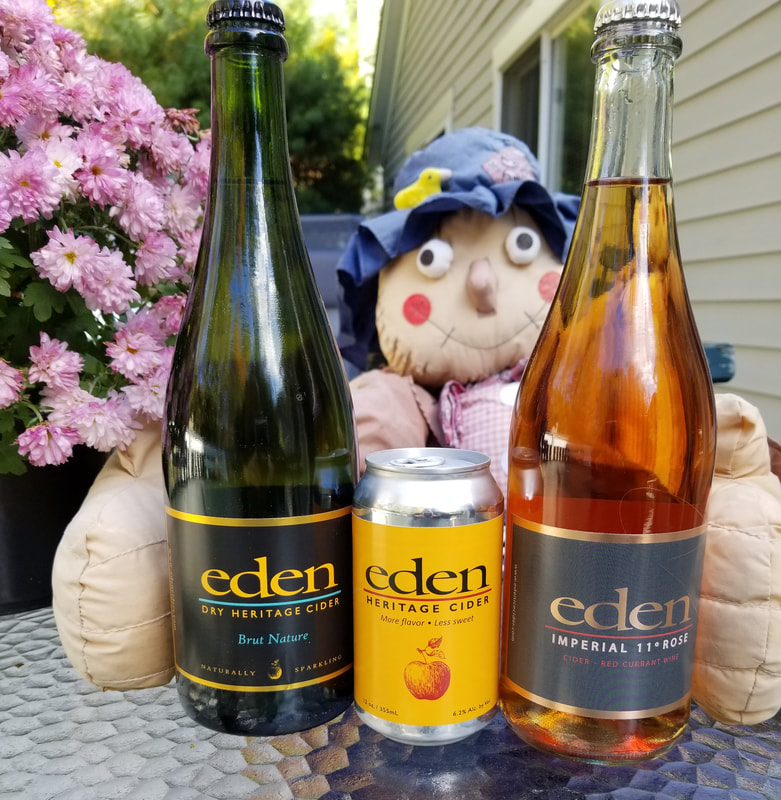
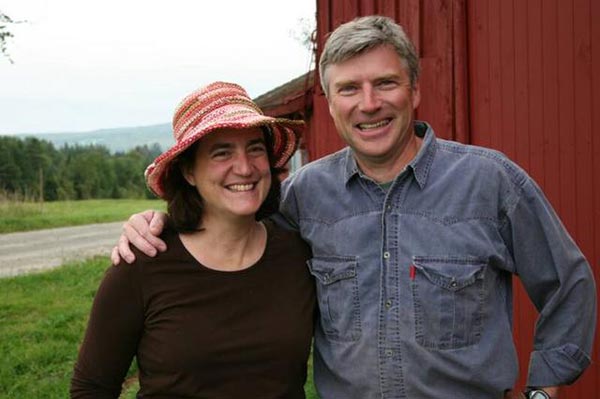
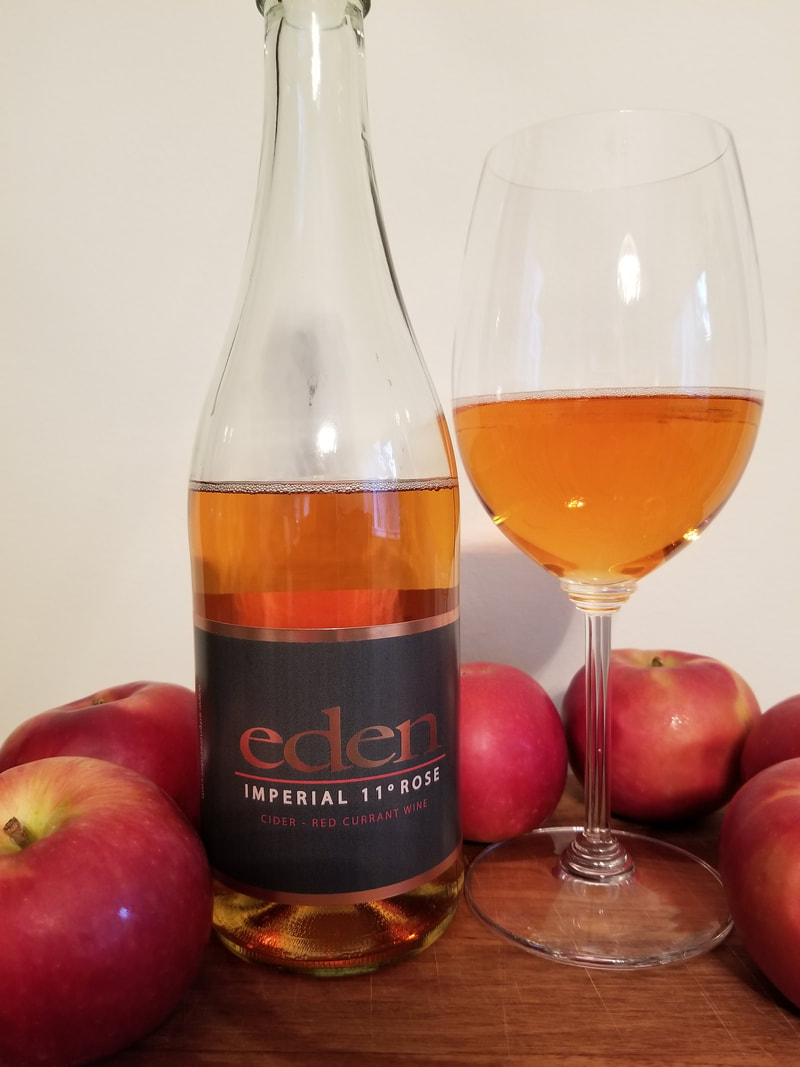
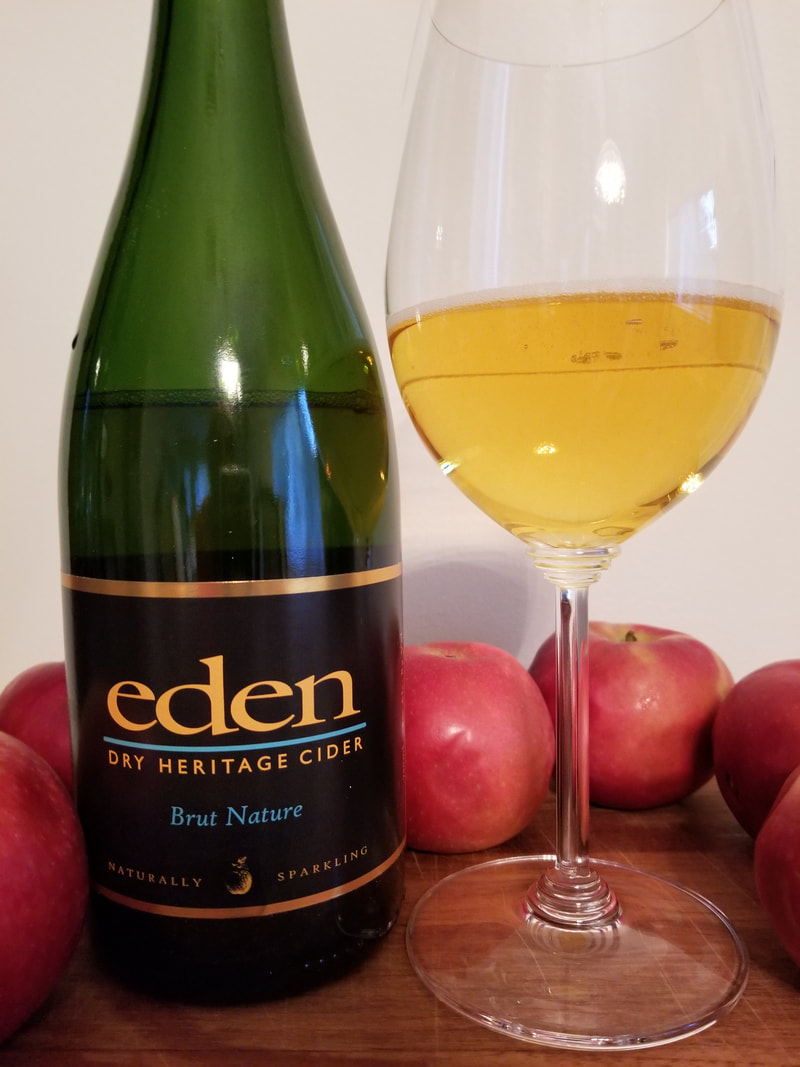
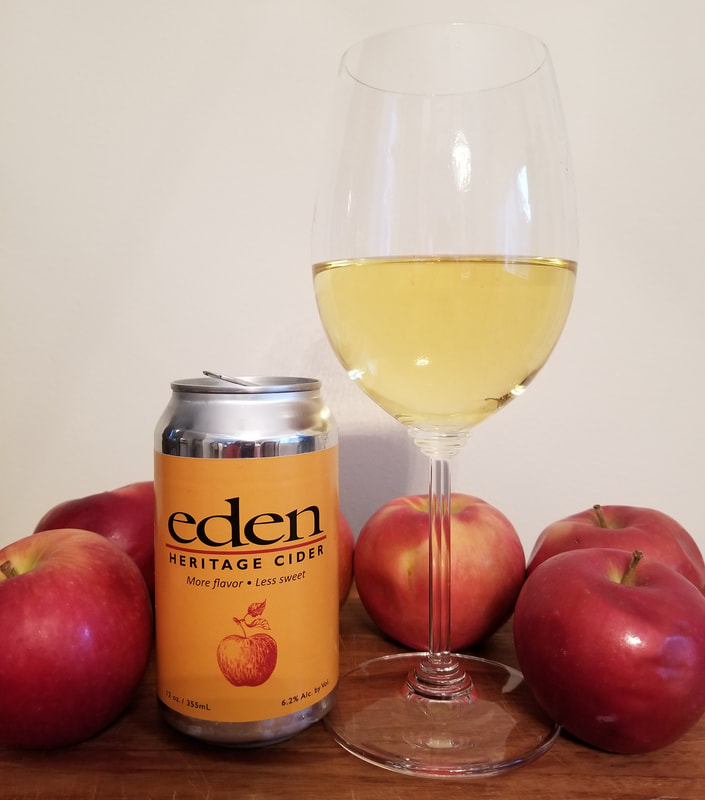
 RSS Feed
RSS Feed